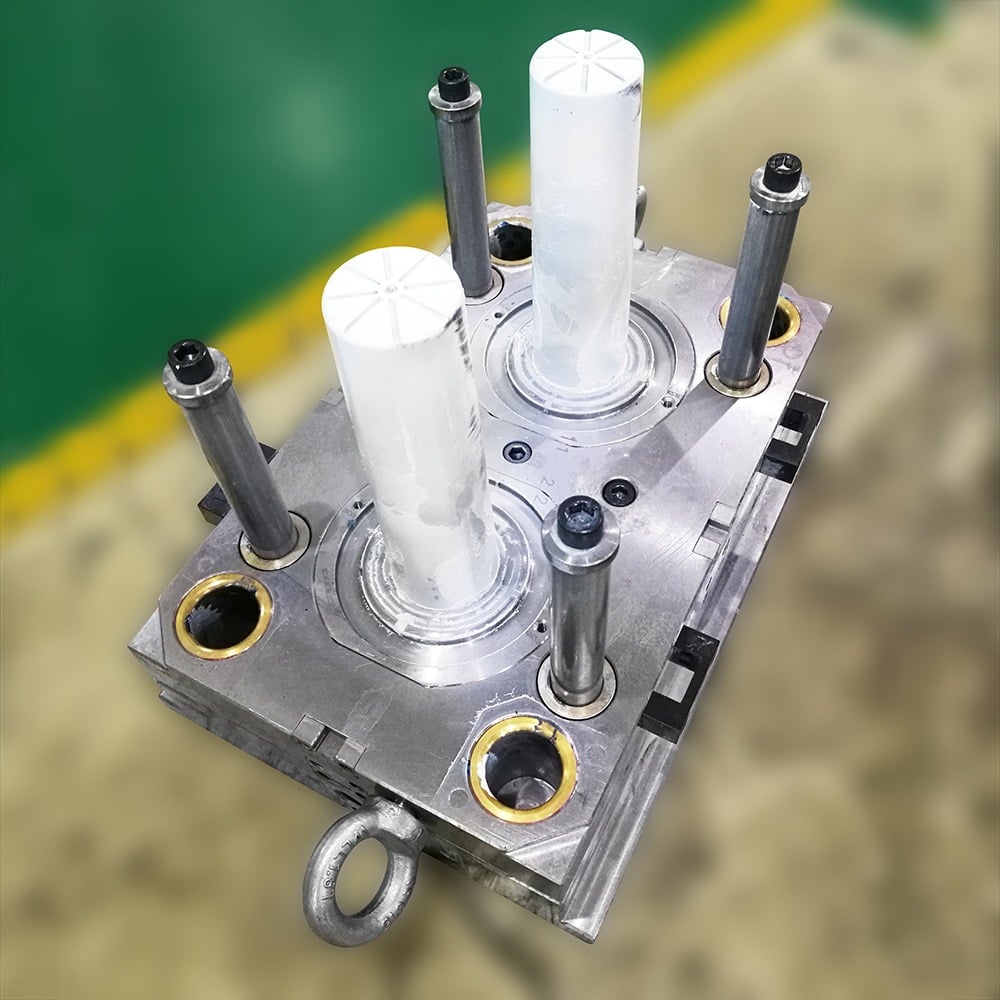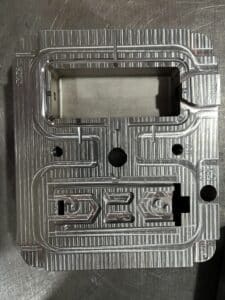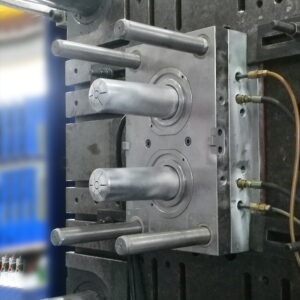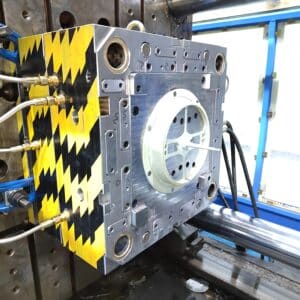Reasons for the appearance of flaring edge in the processing of injection mold
Many staff hate products with more fins, because there are more processes to be processed in the later period, and they prefer products without or with less fins, because they can be put into the finished product area after being processed, making their work easier!

DOUBLE-SHOT / MULTI-MATERIAL MOLDS
There are 4 places where the plastic injection mold is prone to flaring
1. Flare of parting surface
The flying die is not in place, dislocated, the injection pressure and plastic are too large, and the mold adjustment is too loose.
2. Ejector tip
In mold production, because of the frequent activities of the thimble, the thimble hole is easy to wear and grind, resulting in clearance.
3. Position Pifeng
Each row position has a supporting shovel level that moves as frequently as the thimble. It is also the most worn part. If the shovel level is not worn, the product will be flaring.
4. Puncture flaring
The die steel is easy to stay and deform without hardening.
Only when we strictly control the quality problems in these four areas during mold design and manufacturing, can we effectively control Feifeng in the later production of products.
The analysis of the causes of flapping is based on the premise that the clamping force is sufficient. When the clamping force is insufficient, it is difficult to analyze the causes of flapping. The following analysis is based on sufficient clamping force. According to several situations of the appearance of the flapping front, the flapping front may be caused by the following reasons:
The first case: as mentioned above, under the conditions of low temperature, low speed and low pressure, when the product is not satisfied with the glue, the tip has been generated. The main reasons are: the mold manufacturing precision is not enough, and the fit clearance is too large;
The second case: when the product is just full of glue, there is shrinkage in some parts, and there is no sharp edge; When the injection pressure is increased and the local shrinkage of the product is improved, the edge is formed. Possible causes are:
1) The material temperature is too high. If the material temperature is too high, the viscosity of the melt is low, and the fluidity is good, the stronger the ability of the melt to protrude into the fitting gap of the die, the more will lead to the formation of the tip.
2) The injection speed is too fast and the injection pressure is too high (leading to over saturation of filling). Too fast speed, too large injection pressure, especially too large injection pressure, will enhance the ability of the melt to protrude into the mold fit gap, leading to the formation of flaring.
3) The fluidity of plastic is too high. The better the fluidity of the plastic, the lower the viscosity of the melt, and the stronger the ability of the melt to drill into the fitting gap of the mold, it is easy to produce a flapping edge. When the mold production has been completed, the depth of the exhaust slot of the mold and the fit clearance of the mold have been finalized, and another plastic with good fluidity is used for production, it will produce a flaring edge.
4) The strength of the die is insufficient. When the design strength of the mold is insufficient, when the mold cavity bears the pressure of the plastic melt, it will deform and expand, and the colloid will protrude into the gap of the mold, resulting in a flaring.
5) The product design is unreasonable. The local rubber position of the product is too thick, and the excessive shrinkage during injection molding will lead to local shrinkage. In order to adjust the local shrinkage of the product, it is often necessary to fill and maintain the pressure with a higher injection pressure and a longer injection time. As a result, the mold is not strong enough to deform, resulting in a flaring edge.
6) The mold temperature is too high. High mold temperature can not only keep the plastic flowing well, but also reduce the strength of the mold with small pressure loss, which will also lead to the formation of flaring.
The second situation is the most common problem encountered in injection molding production, which can not be solved by all process methods, and is the biggest problem for injection molding technicians. In this case, the main method is to repair the mold. The solutions are:
1) Partial glue reduction of the product. Reduce the glue on the part of the product shrinkage. After the glue level is reduced, the product shrinkage can be improved, the injection pressure will be reduced, the mold deformation will be small, and the flaring will be restrained. This is the most effective and commonly used method.
2) Add glue feeding point. Increasing the injection point can reduce the injection process, reduce the injection pressure, and reduce the pressure on the mold cavity, which can effectively solve the problem of flaring. Increasing the pouring point, especially at the product shrinkage position, can have an immediate effect on reducing the injection pressure of the mold cavity. It is also one of the commonly used means.
3) Strengthen the mold locally. Sometimes the deformation of the formwork can be strengthened by adding a support head between the movable formwork and the ejector plate.






